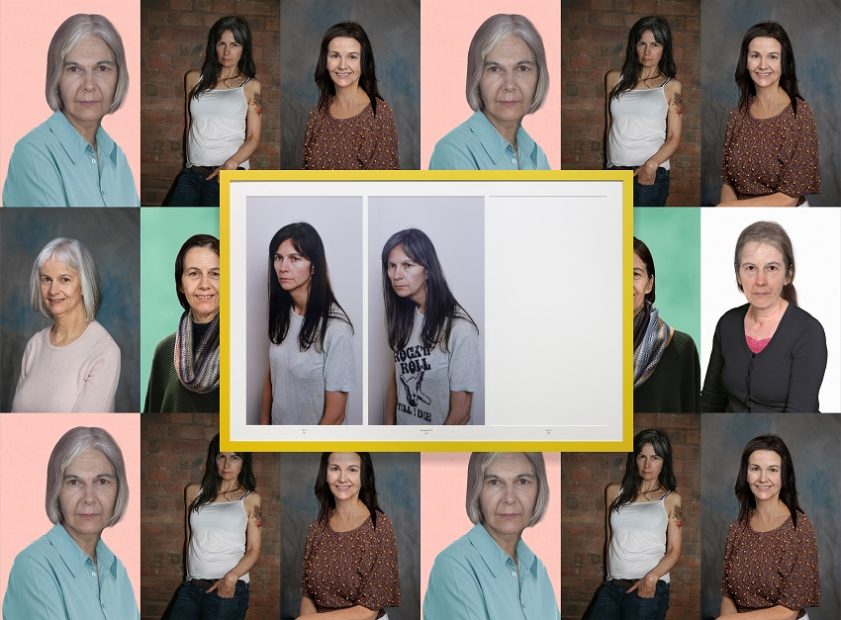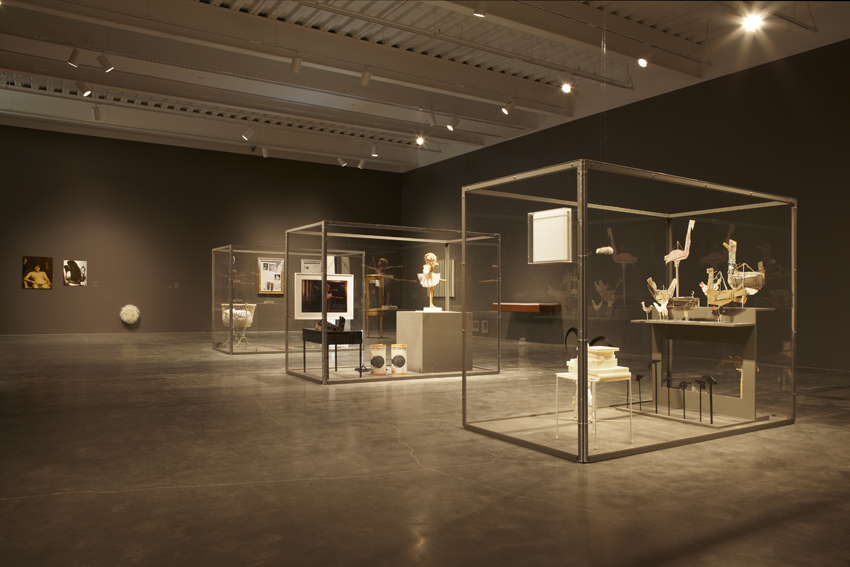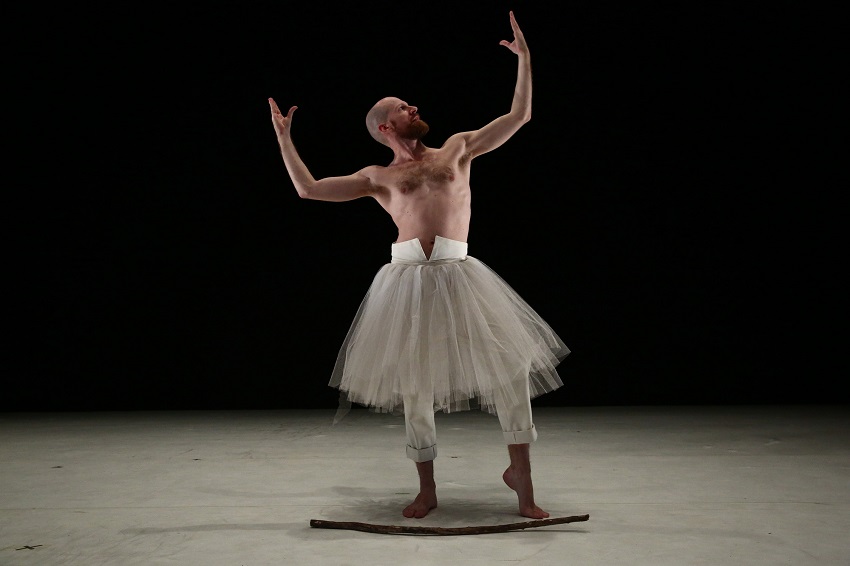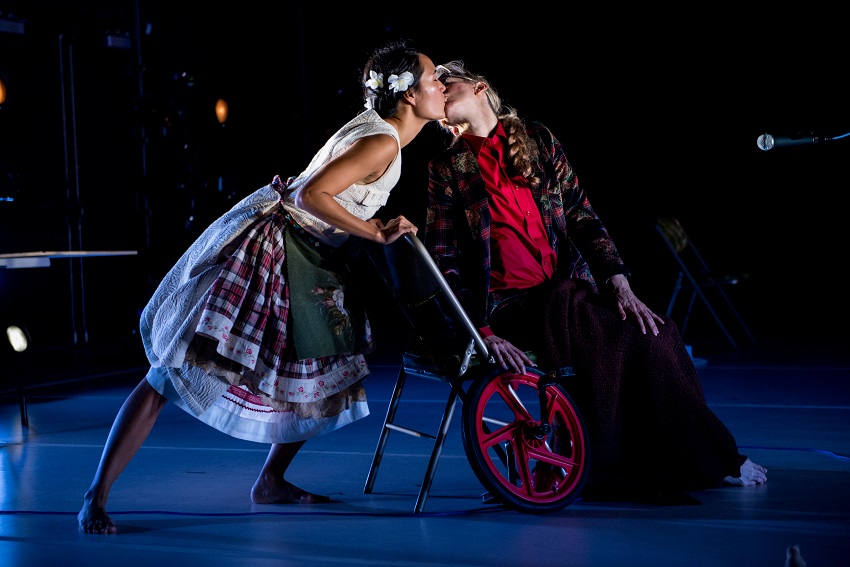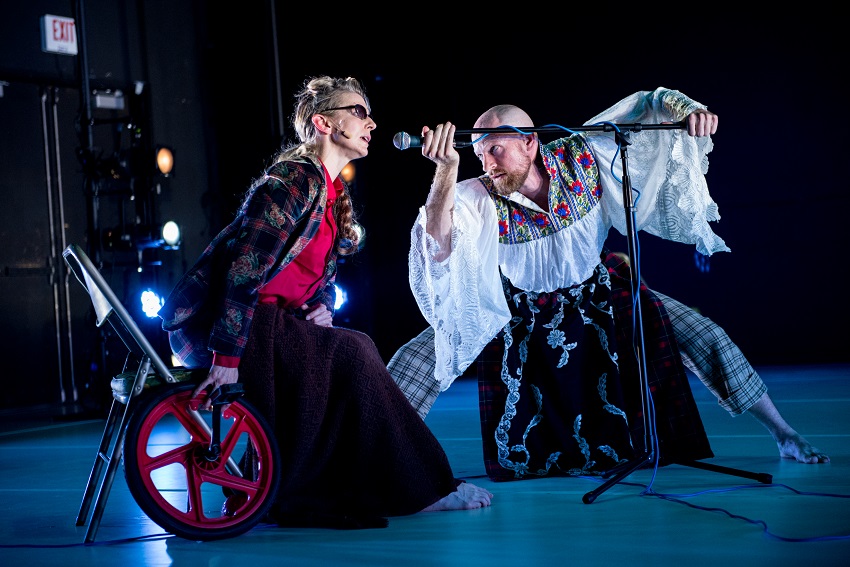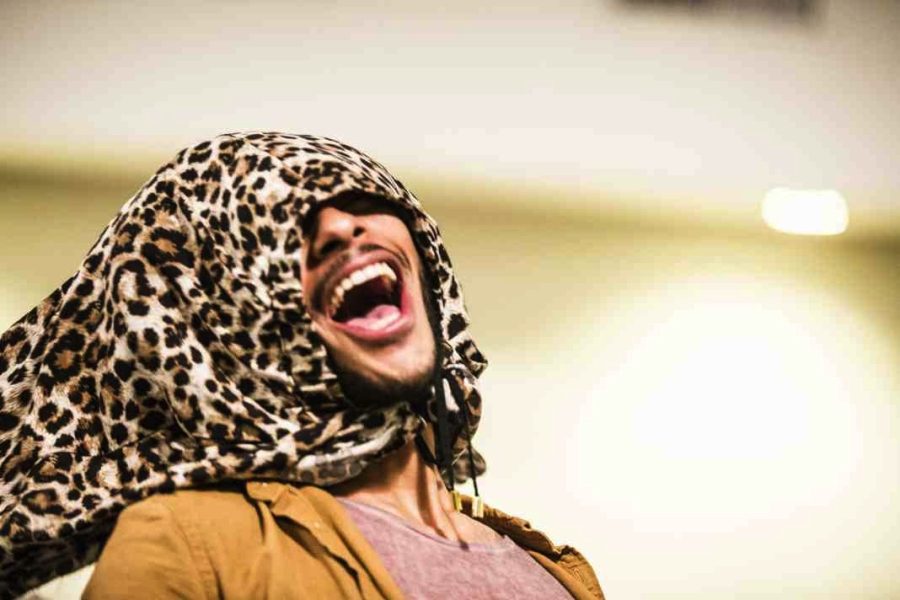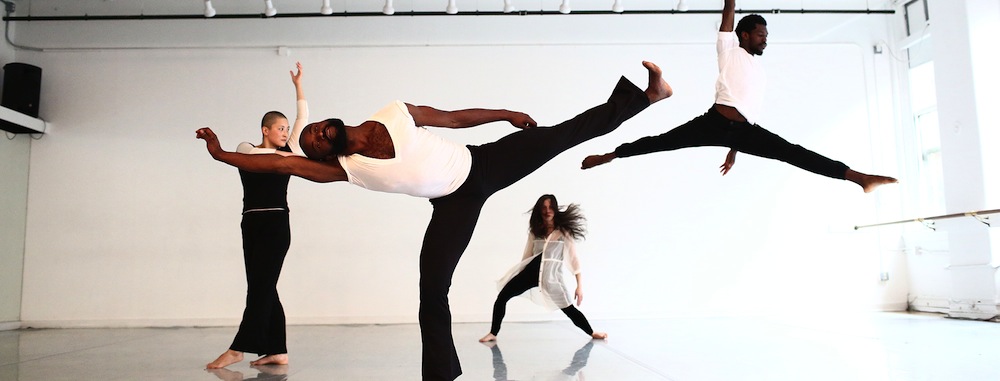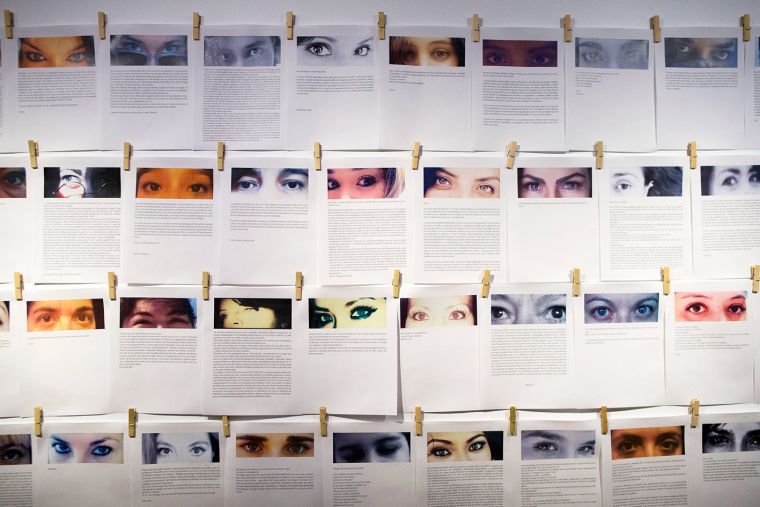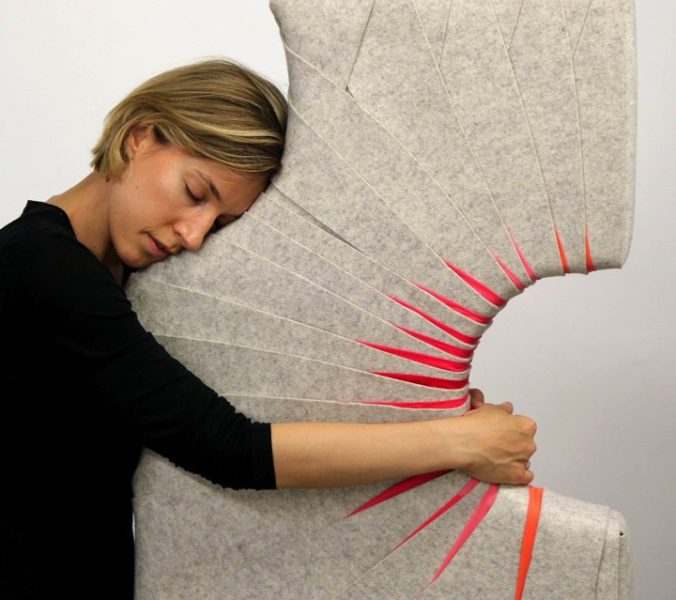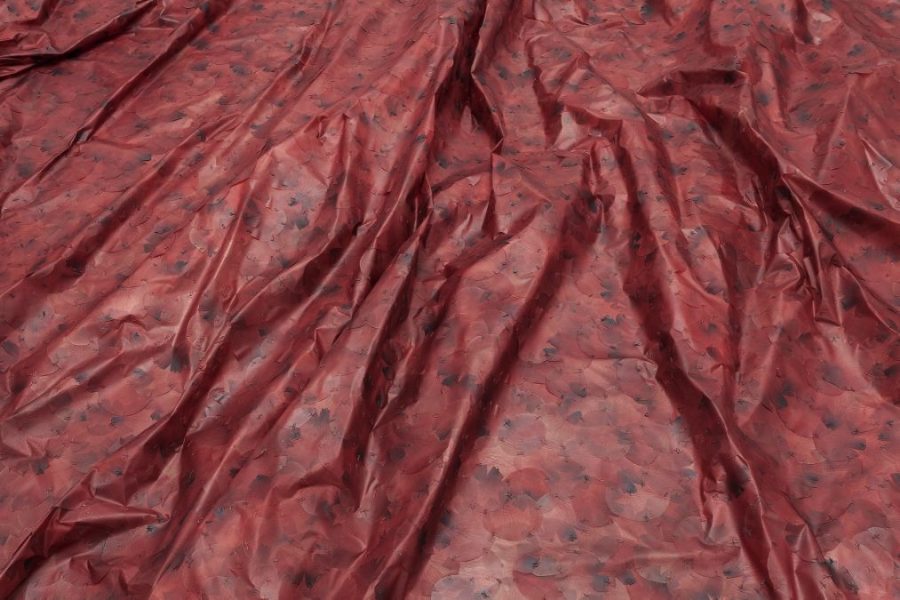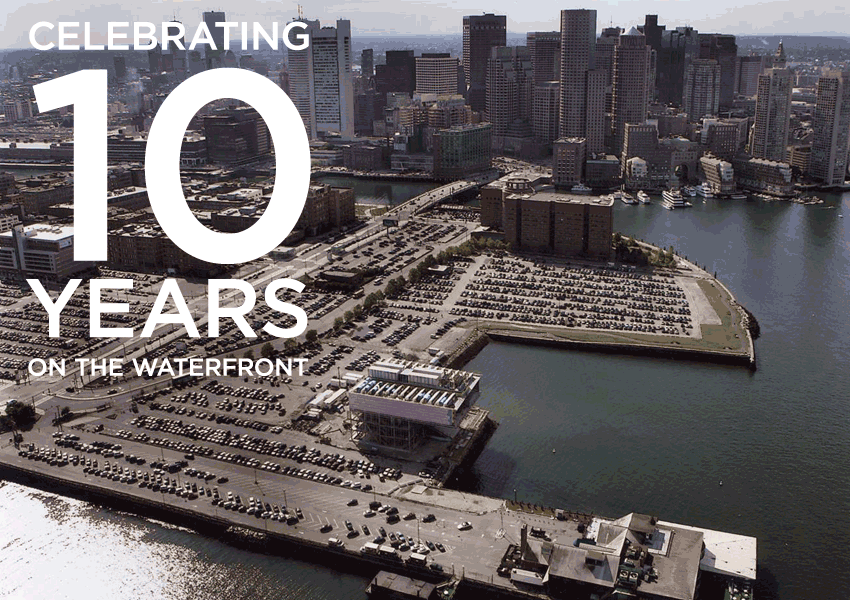
All Are Welcome for ICA 10 – Commemorating 10 Years in 10 Days with Activities, Performances, Programs, and Free Community Day
2016 is a milestone year for the Institute of Contemporary Art/Boston (ICA), one of the oldest museums in the United States dedicated solely to contemporary art. It’s the 80th anniversary of its founding in 1936, and on December 10 the ICA will mark 10 years on Boston’s waterfront in its iconic Diller Scofidio + Renfro-designed building. A 10-day celebration, ICA 10, will kick off on Thursday, December 1 with $10 admission and special programming for 9 days, culminating in a Free Community Day on Saturday, December 10 (more details are below or at www.icaboston.org/ica-10).
“When we opened the doors of the new ICA 10 years ago, we knew we were at the beginning of an amazing chapter in our story, as well as in the evolution of the Seaport District,” said Jill Medvedow, Ellen Matilda Poss Director of the ICA. “Public access to the arts and all that art museums offer—inspiration, education, history, economic vitality, and community—are more urgent now than ever for building vibrant cities, celebrating diversity, and strengthening social cohesion and democracy. We’re celebrating this moment with 10 days of activity and engagement with art and artists, everyone is welcome, and we want to see and hear from our members, visitors, partners, and friends.”
PIONEER + CULTURAL ANCHOR
Founded in 1936 as the Boston Museum of Modern Art—a sister institution to New York’s MoMA—the ICA was conceived as a laboratory where innovative approaches to art could be championed. The museum eventually parted ways with MoMA and changed its name to the Institute of Contemporary Art in 1948. As the ICA’s reputation grew around the nation, it paved the way for other institutes and museums of contemporary art as well as artists’ spaces and alternative venues.
Throughout its history the ICA has been at the forefront internationally in identifying and supporting the most influential artists of its time and bringing them to public attention. More recently, the ICA has been pivotal in establishing the careers of artists and performers including Vanessa Beecroft, Shepard Fairey, Trajal Harrell, Faye Driscoll, Cildo Meireles, Cornelia Parker, Cindy Sherman, Bill Viola, Kara Walker, and Rachel Whiteread.
In 2006 the ICA was the first art museum built in Boston in more than 100 years and a pioneer in the transformation of Boston’s waterfront. Since that time, the museum has become a cultural anchor in the Seaport District and enjoyed a significant number of milestones including:
- Establishing a permanent collection of 20th- and 21st-century artists—notable for Barbara Lee’s gift of the Barbara Lee Collection of Art by Women;
- Hosting a dynamic schedule of nationally-acclaimed exhibitions, performances, and artist talks;
- Creating a national model for teen arts education, investing in urban adolescents as future leaders, artists, and electorate. With more than 7,000 teens participating in ICA teen education programs annually, this initiative was recognized with a National Arts and Humanities Youth Program award from the White House in 2012; and
- Welcoming more than 2 million visitors to the waterfront over the past decade.
ICA 10 DETAILS
The festivities will kick off on Thursday, December 1 with $10 admission for 9 days, culminating with a Free Community Day on Saturday, December 10. Throughout the 10-day celebration, visitors will enjoy the galleries and exhibitions, art-making activities, performances, staff-led spotlight tours, and even become part of visual art on view in the museum. In addition, in conjunction with its sponsorship of ICA Teen Programs, UNIQLO will present a few special surprises and giveaways at the Free Community Day.
For the complete schedule of events, visit www.icaboston.org/ica-10. Celebration highlights include:
All Weekdays
- $10 admission and ICA staff-led spotlight talks (1:30 PM)
Thursday, December 1 (Free admission 5–9 PM)
- Island Creek Oyster Bar (ICOB)/Row 34 Chef Jeremy Sewall book signing for Oysters: A Celebration in the Raw and The New England Kitchen (6–8 PM)
- Island Creek Oyster pop-up raw bar and free shucking demonstrations (6–9 PM)
Friday, December 2
- Turn back the clock for holiday fun at First Fridays: “Snowball ’06” ($10/free for members, 5–10 PM)
Saturday, December 3
- Choreographer Heidi Latsky returns with body positive “movement installation” ON DISPLAY, in recognition of International Day of Persons with Disabilities (12–1:30 PM and 3–4:30 PM)
- Artmaking in the Bank of America Art Lab (2–4 PM)
Sunday, December 4
- Teen Takeover: Teen Arts Council pop-up talks; a drop-in collective audio project; and The Current, a new program where teens discuss social issues through the lens of contemporary art (10 AM–4 PM)
Monday, December 5 (ICA is closed)
- Go Digital: ICA followers can vote online for their favorite ICA event of the past 10 years and be registered for a chance to receive a private tour of First Light: A Decade of Collecting at the ICA
Thursday, December 8 (Free admission 5–9 PM)
- Behind the Scenes: The Artist’s Museum tour with Mannion Family Senior Curator Dan Byers (6 PM)
- Trunk show featuring three Boston-based studios/artists: Pilgrim Waters, Porcelain and Stone, and Keith Maddy (6–9 PM)
Friday, December 9
- Gillian Wearing site-specific mural opens on the Sandra and Gerald Fineberg Art Wall in the ICA’s State Street Corporation Lobby; plus Spotlight talks (7 and 8 PM)
- Films in the Barbara Lee Family Foundation Theater (5:30–8 PM)
Saturday, December 10: FREE COMMUNITY DAY
- Artmaking in the Bank of America Art Lab: visitors can see themselves projected around the building as part of a special site-specific installation by Boston-based artist Susannah Lawrence (10 AM–4 PM)
- Talks + Tours: Visitors can go behind the scenes to learn more about the building on its 10th birthday;
- Performances:
11:30 AM: Branches Steel Orchestra – Dorchester’s Branches Steel Orchestra brings the traditional calypso music of Trinidad and the West Indies, as well as modern classics of pop, R&B, spirituals, jazz, soca, and reggae;
1:30 PM: Dances from Everyday Cabaret – Some of the region’s best performers come together in this entertaining revue showcasing a variety of popular styles. With Peter DiMuro, Artistic Director of Public Displays of Motion & Executive Director of the Dance Complex, as emcee and guide;
3:30 PM: Music from the African Diaspora – Berklee College of Music and Boston Conservatory students from Africa, Brazil, and the U.S. share an intoxicating music mix; - The Object Project: Guests can become part of a podcast, looking at idiosyncratic relationships to possessions and collecting, by talking about a beloved object (12–4 PM);
- Hearts for Art: Visitors can show some love for works in the ICA collection;
- Free hot chocolate, coffee, and ICA cookies (10 AM–noon, while supplies last); and
- Giveaways, Japanese calligraphy, and more, courtesy of UNIQLO (sponsor of ICA Teen Programs).
EXHIBITIONS
Two special exhibitions will be on view during the celebration, including:
First Light: A Decade of Collecting at the ICA (through January 16, 2017) – Coinciding with the tenth anniversary of the ICA/Boston’s move to its iconic waterfront building, this exhibition celebrates the museum’s first decade of collecting, is drawn entirely from the ICA’s collection, and features significant new acquisitions. Conceived as a series of interrelated and rotating stand-alone exhibitions, First Light highlights major singular works from the collection, including a monumental cut-paper silhouette tableau by Kara Walker, work from the Barbara Lee Collection of Art by Women, groupings of work by artists such as Louise Bourgeois and Nan Goldin, and thematic and art-historical groupings featuring the work of artists as diverse as Paul Chan, Sharon Hayes, Sherrie Levine, and Cornelia Parker. A new multi-media web platform with artist interviews and commentary from current and former curators was created to mark the occasion.
The Artist’s Museum (November 16, 2016–March 26, 2017) – This exhibition departs from the impulse to collect and connect, bringing together photography, film, video, installation, sculpture, and sound works that use artworks, images, and history as material for new works. These multilayered projects reimagine the lives of other artworks, demonstrating how social history, personal connections, and ideology shape our relationships to objects, images, and the cultures they produce. Among the artists featured in The Artist’s Museum are: Rosa Barba, Carol Bove, Anna Craycroft, Christian Marclay, Xaviera Simmons, Rosemarie Trockel, and Sara VanDerBeek. Engaging the realms of dance, music, popular culture, natural history, image archives, and design–as well as art history–the twelve artists address a constellation of issues such as gender, sexuality, technology, and digital culture, charting forms and themes across cultures and through time.
The ICA invites its social media followers to use #ICA10 to share their thoughts, experiences, and photos on Facebook, Twitter, and Instagram.
